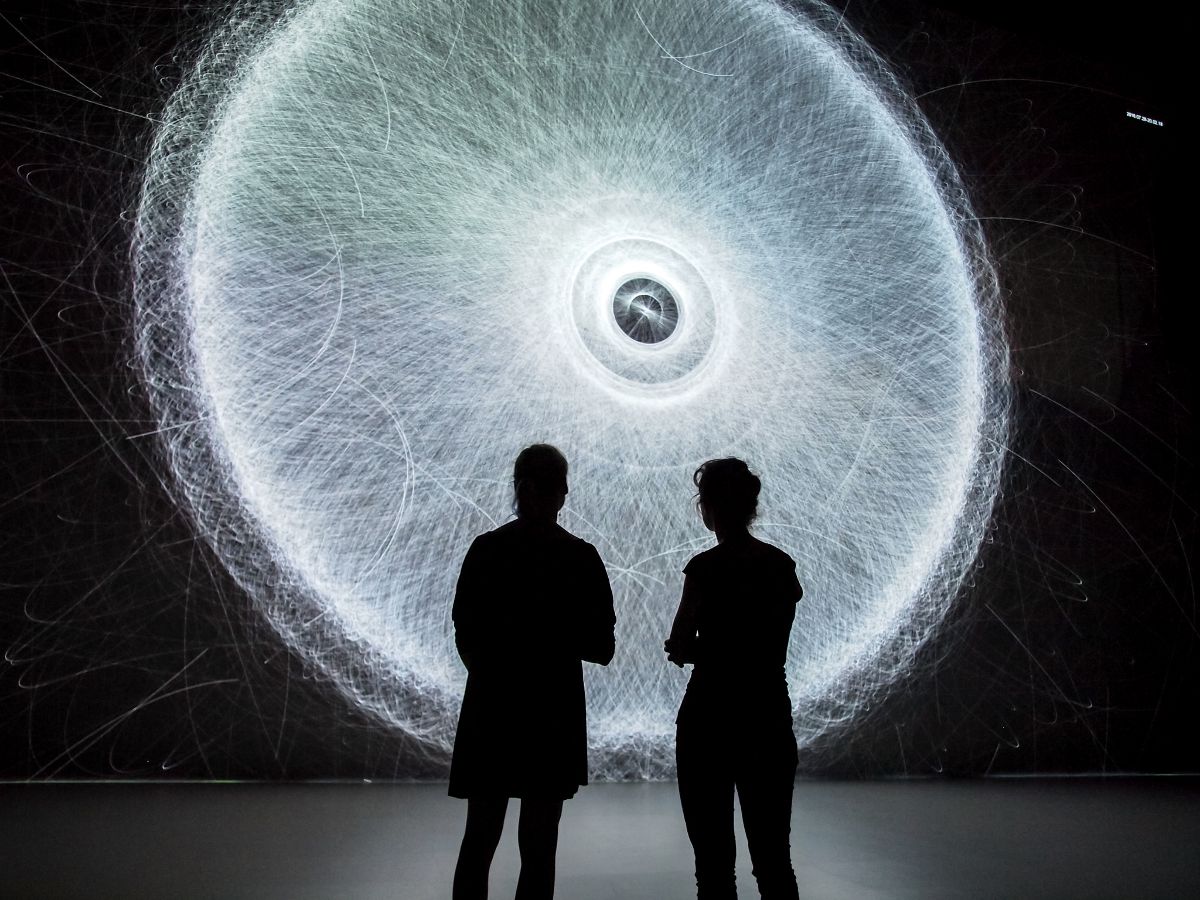Yup, it’s true. America is #1 in guns per capita and not even in the top 100 in murders per capita. The NRA would have you believe that there are no problems with guns. In fact, they argue that there is an inverse relationship between guns and murder—their message is essentially, “The more guns, the less murder.” The evidence for this argument is a single statistic, isolated from its context.
Here are the facts:
While it is true that the US does not rank in the top 100 in murders per capita, it is a meaningless number when you look at what the other countries on that list are. Most of the countries with this dubious distinction are from Central America, Africa, and the Caribbean. It should not be a point of pride to have a lower murder rate than Nigeria and Rwanda in Africa, Honduras and Guatemala in Central America, or Jamaica and the Dominican Republic in the Caribbean. All of these countries are plagued with poverty, corruption, and drugs. The only relevant comparisons are with Canada, Europe, and Australia.
In the U.S., there is an average of approximately 91 gun related deaths per day. On a per capita basis, that’s 5 times the amount than Canada, our adjacent neighbor. A further comparison of the two countries reveals that Canada has 30 guns per 100 residents, versus the United States’ 90 guns per 100 residents—that’s 3 times the amount. So let’s add these relevant data points into the equation: the U.S. has 3 times the amount of guns per capita and 5 times the amount of murders per capita relative to other comparable countries. And that’s just the beginning. England and Wales have about 50 gun homicides per year—3% of our rate. Finally, the U.S. gun homicide rate is 30 times that of France or Australia and is 12 times higher than the average for other developed countries. It seems the NRA’s bragging rights are a little thin. The NRA data have no rational explanation or meaningful correlation for linking high guns per capita to lower murder rates per capita. In truth, the accessibility of guns and the avalanche of murders are directly linked.
In response to the 1999 massacre at Columbine High School in Jefferson County, Colorado, a great deal has been published and produced to explain these horrific, needless killings. For example, in 2002, Michael Moore won an Oscar for his political documentary, Bowling for Columbine. In the film, Moore explores the circumstances that led to the massacre and, more broadly, the proliferation of guns and the high homicide rate in America. In 2005, Steven Karam, an award-winning NY playwright, wrote columbinus, a play that explores emotional and psychological factors behind the shootings—issues like alienation, angst, and the pressures of being a teenager who doesn’t fit in. These are just two examples out of the many ways people have reacted to and tried to make sense of the shootings.
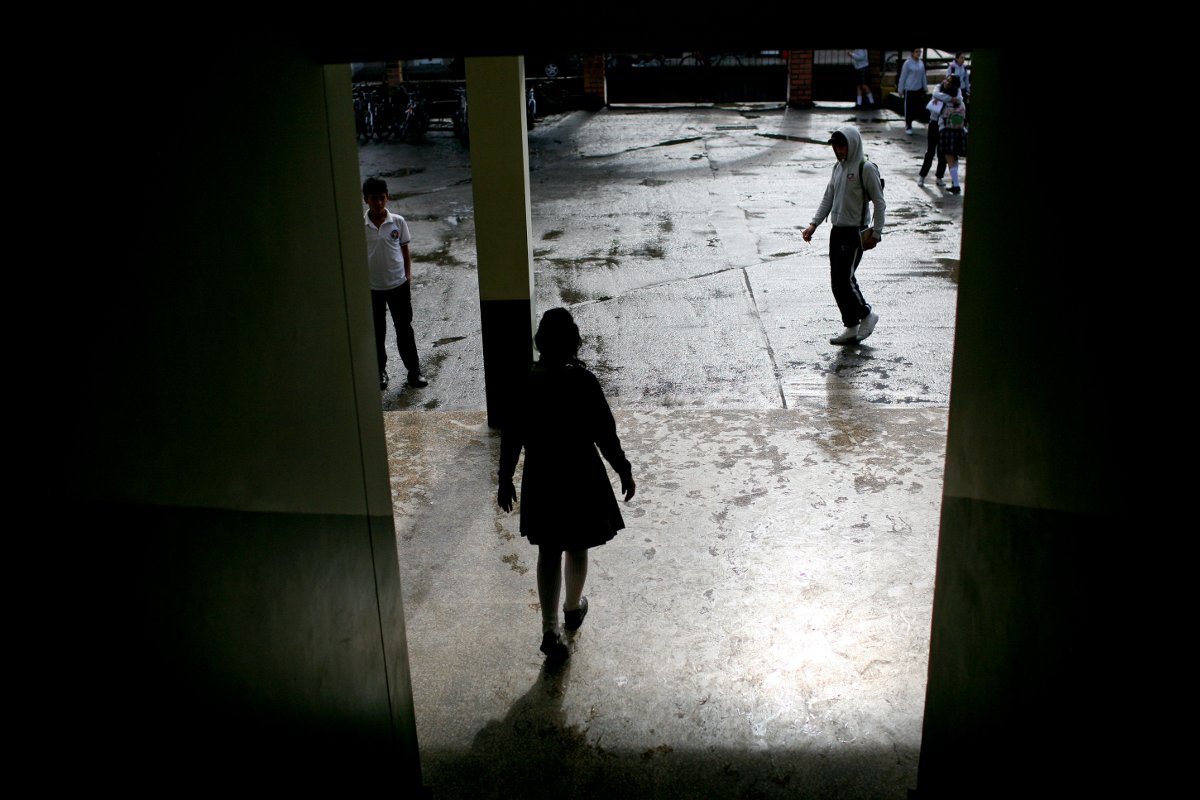
Unfortunately, all the writing and pleading from multiple sources hasn’t resulted in more restrictive gun laws or in the number of heinous events. In the first decade of the 21st Century, the first 10 years after Columbine, there were over 50 school shootings. Even more alarming, there were over 100 school shootings in the next 5 years. In short, there were twice as many events in half the amount of time. What needs to be done?
Before suggesting any solutions, it is always a good idea to identify the root causes of the problem. Most scholarly researchers focus on three areas when talking about what caused events like the Newtown, Connecticut shootings, or the most recent tragedy at a college in Oregon: first, the psychology of the killer; second, an environment of violence in our popular culture; and third, easy access to guns. While these causes and this line of thinking could very well explain each act of mass violence separately and individually, what we should really be trying to understand is not one single event but why we have so many of them. Of those three potential causes (mental instability, cultural support, and legal access), only the third offers real potential for a robust solution.
Regulations can make a difference. In 1965, over 40% of Americans smoked cigarettes. 50 years later, less than 20% smoke. That’s a reduction of 50% over 50 years. Clearly, there is less cultural support for smoking, but government regulations on labeling and declaring non-smoking areas made a significant difference.
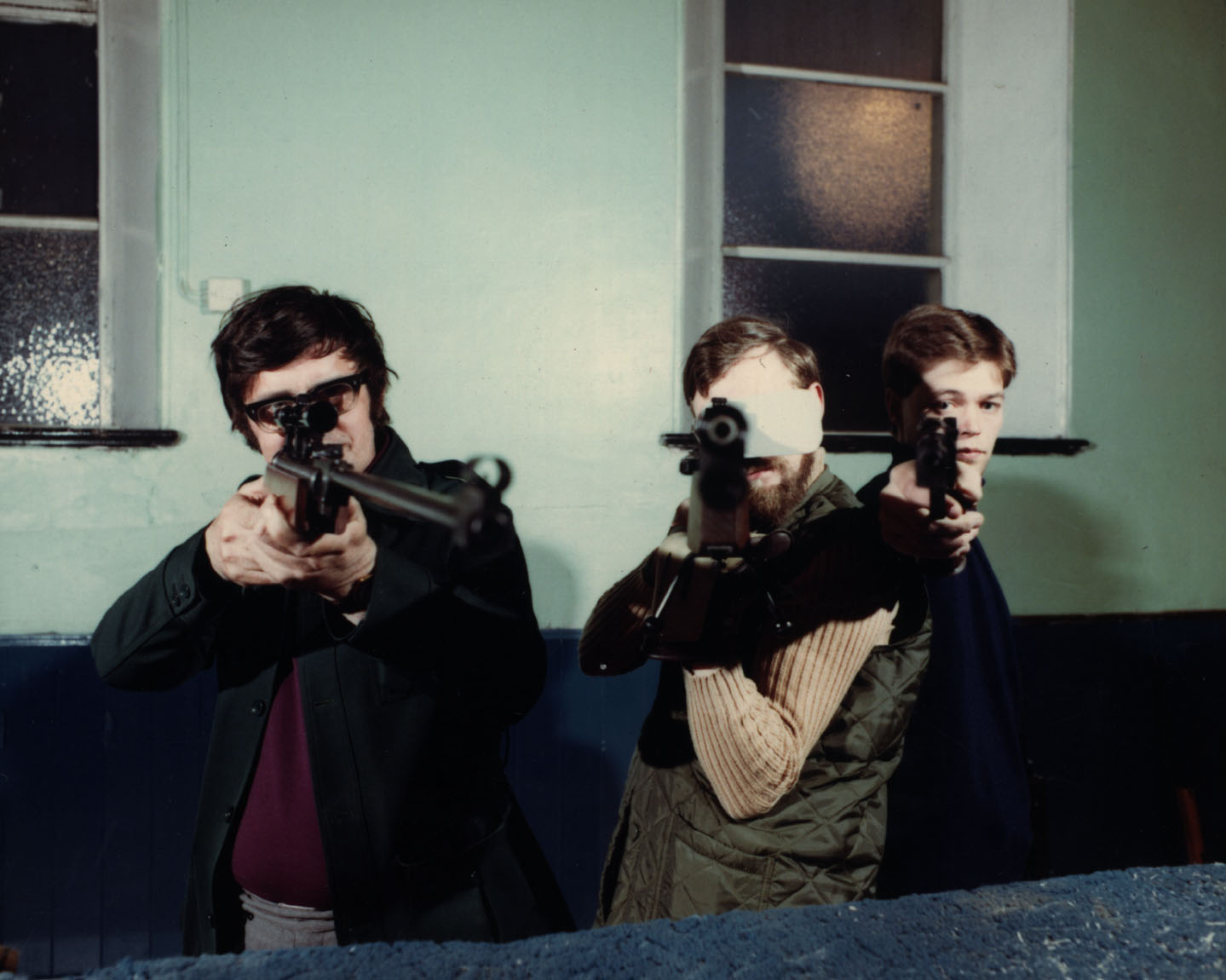
Historically, Australia has had relatively low levels of violent crime. Overall levels of homicide and suicide have been in decline there for several decades, while the proportion of these crimes that involved firearms has consistently declined since the early 1980s. Why? As a result of the Port Arthur massacre in 1996, which resulted in the death of 35 people, Australia introduced stringent firearms legislation. According to a 2011 report from the Australian government, “…the number of victims of homicide has been in decline since 1996”. Also, “The proportion of homicide victims killed by offenders using firearms in 2009–10 represented a decrease of 18 percentage points from the peak of 31 percent in 1995–96.” These data support the conclusion that regulation works.
Don’t get me wrong. I’m not an anti-gun pacifist. I’m very grateful that the allies in World War 2 had sufficient military might to defeat Hitler.
When I was 16, I shot and killed a deer—a source of great pride for my family and of great angst for me.
I am also a Vietnam Vet and carried three weapons while I was serving there: an M16, a handgun, and a grenade launcher. While I was lucky enough not to have been in a situation where I needed to use these weapons, I would have fired back if I had been fired upon, even though I knew intellectually that I would be firing upon young kids who were involuntarily conscripted into the military. Sadly, I knew first hand the lethal possibility of these armed young men. They had managed to ambush and kill one of my best friends while I was there.
I am also not anti-gun. My nephew is a national shooting champion, and I understand that shooting skeet is a recreational outlet for enthusiasts. While I respect the right of people to hunt for animals that they eat, I am not a hunter and I don’t eat meat. So there you have it. I’m not pretending to be someone I’m not, but I think it is outrageously offensive to make false claims about guns being a solution instead of a problem, and it is unforgivably ignorant not to restrict access to automatic, assault weapons for anyone who wants to have one . . . or a dozen. It should be noted that the vast majority of gun owners are extremely responsible about gun safety, adequate training, and appropriate use. For most, the goal is to develop expertise in the proper handling of weapons.
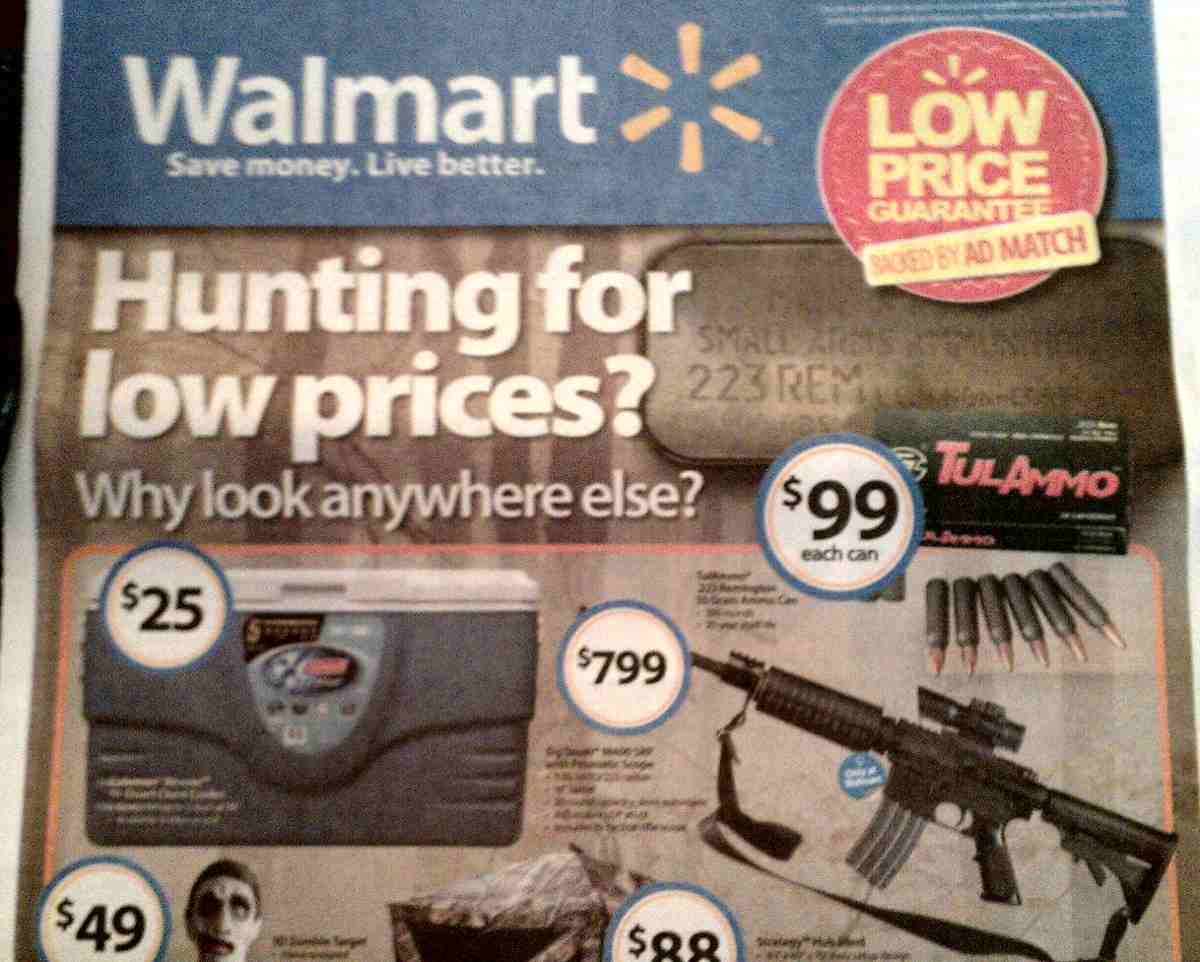
But the fact that many individuals are responsible gun owners and users is irrelevant to the problem. Jonathon Franzen suggests in his new book, Purity, that no one is entirely clean. But, regarding guns, America is dirty. It needs to face the facts and get a lot cleaner.
The data in social science are rarely this clear. They strongly suggest that we have so much more gun violence than other countries because we have far more permissive laws than others regarding the sale and possession of guns. With 5 percent of the world’s population, the United States has 50 percent of the guns. What’s hard to understand is that almost everyone accepts regulations for motor vehicle use. We apply for licenses, submit to tests, wear our seatbelts, and accept the consequences of breaking the rules of the road. Why is it so difficult to accept a similar set of regulations for the ownership and possession of guns? Unfortunately, at this point in American politics, the republicans block all efforts for meaningful gun laws, restrictions, and regulations.
In regard to the other primary causes of gun violence (mental instability and cultural support), there will always be evil or disturbed people. And they might be influenced by popular culture. But how is government going to identify the darkest thoughts in people’s minds before they have taken any action? Having said that, there is mental health angle to the solution as well. No matter how you look at it, gun violence is an access issue: too little access to mental health care, too much access to guns.
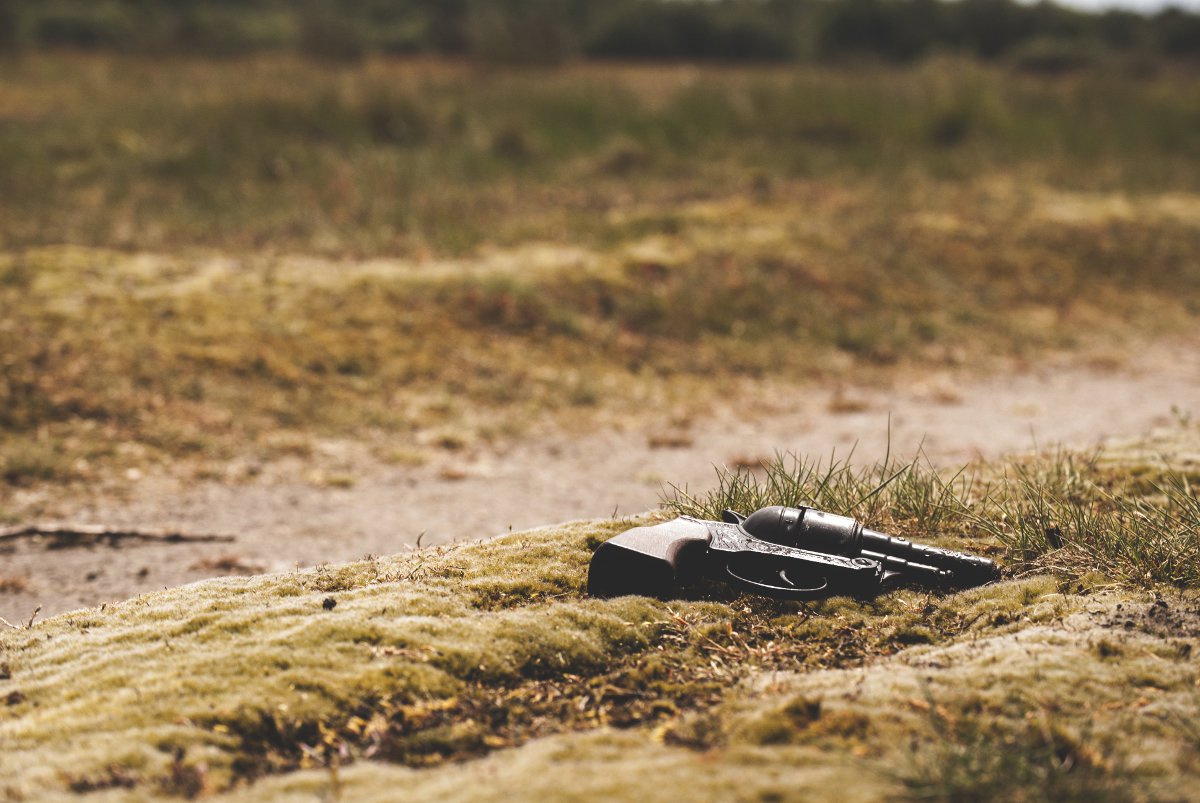
There is no reason why the government should not take action to limit access to guns as other developed countries have done. We don’t need superficial solutions riddled with exceptions, which the gun lobby would use to “prove” that such bans don’t reduce violence. We can’t continue to let the NRA lobby politicians to block legislation that would reduce needless violence.
In conclusion, we have too little access to care, too little support for peace, and too easy access to guns. As President Obama said in response to the latest school shooting today (October 1, 2015), we have become numb to these horrific crimes. Isn’t it time we face the facts and quit letting the NRA influence us with their foolish and fraudulent propaganda?
Also published on Medium.

